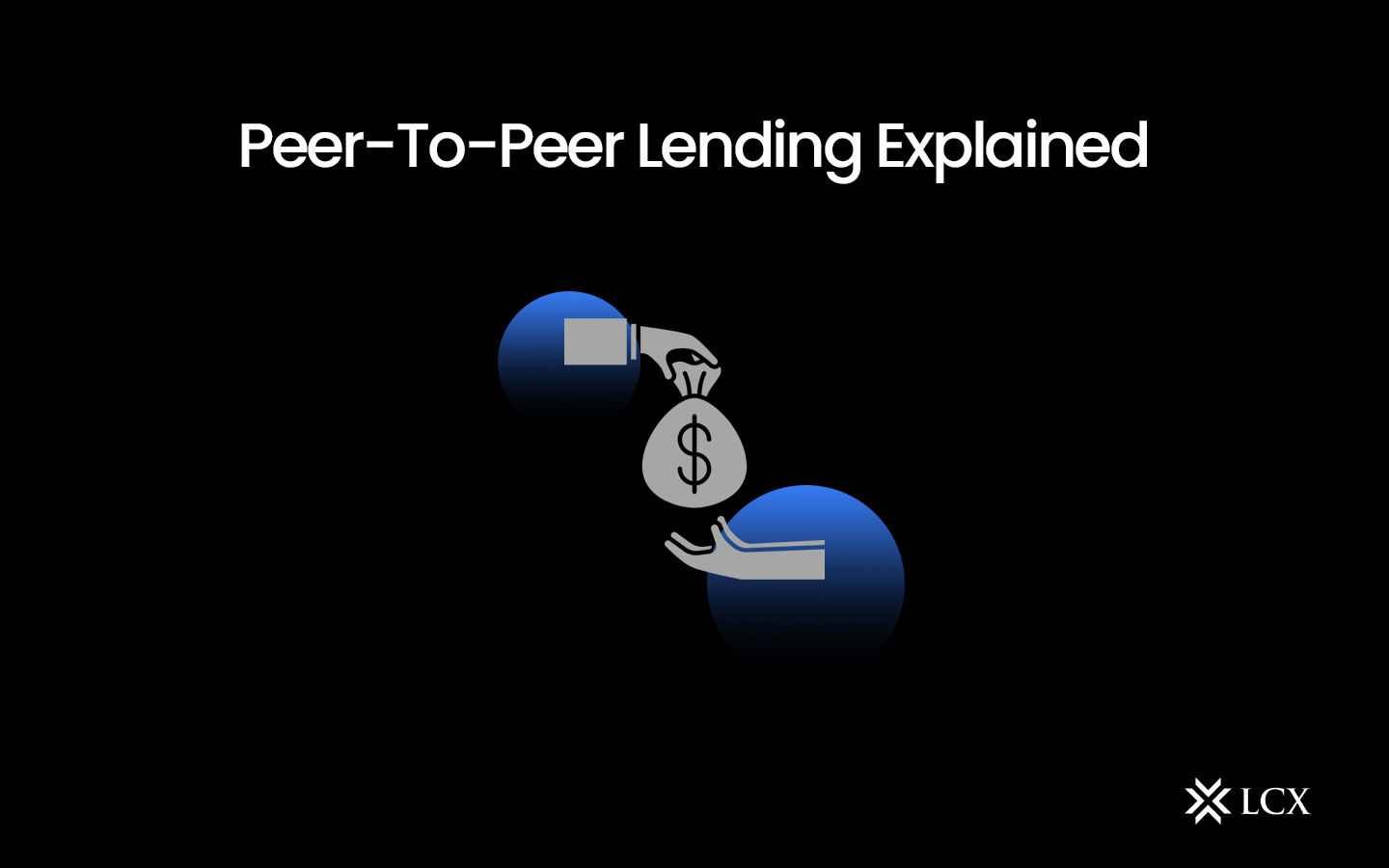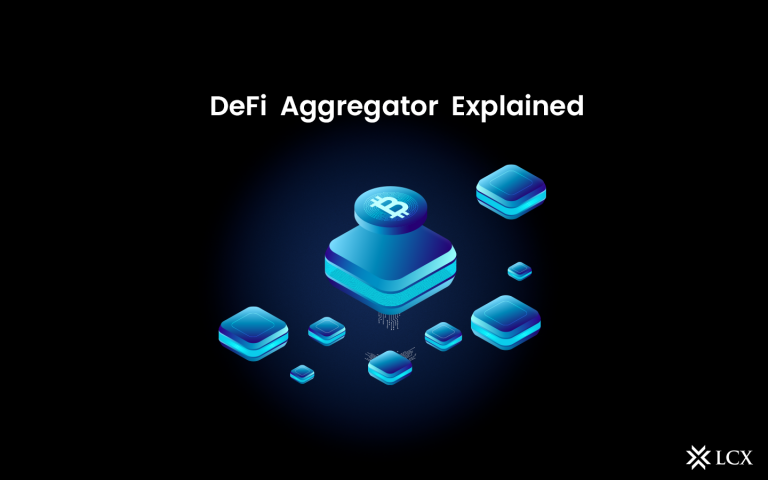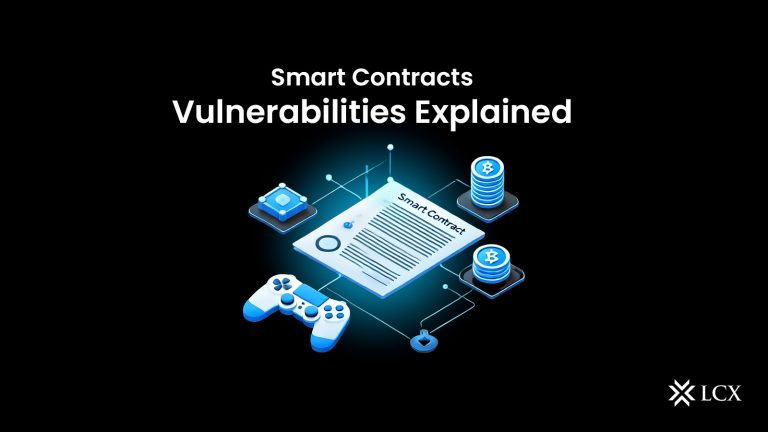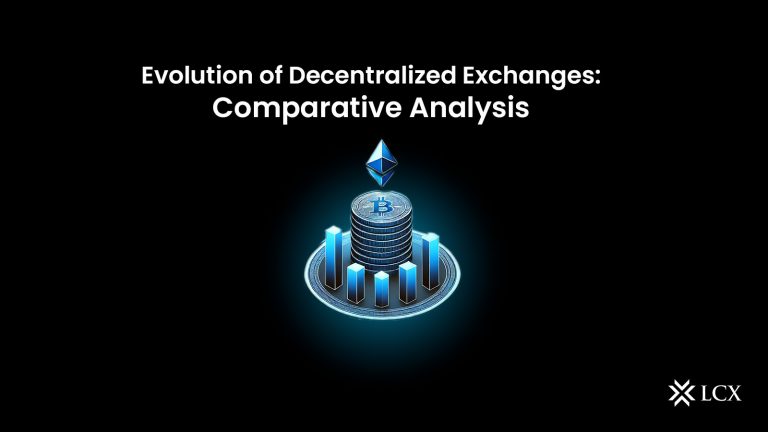Peer-to-peer lending, also known as P2P lending, crowdlending, and social lending, enables borrowers to interact directly with lenders, circumventing the middleman typically involved in conventional banking systems. In a P2P lending scenario, financiers are typically referred to as “investors,” and they lend money to qualified applicants. Typically, an intermediary website (P2P platform) establishes the lending agreement’s interest rate and duration, and once both parties agree to the terms, the transaction is facilitated.
To comprehend P2P lending, one must have a solid understanding of the conventional banking model. Typically, if you wish to obtain a loan, you must submit a completed application to the bank. The bank will then evaluate your creditworthiness and any other relevant factors before deciding whether or not to grant the loan and what terms you will be offered. The bank will then source the capital from either the central bank or the savings deposits of its other customers.
There are several obstacles associated with this method:
Banks typically employ a stringent risk management strategy, which automatically disqualifies individuals with low credit scores or no credit history.
Banks offer poor interest rates and frequently add fees to the total loan amount, which increases the cost of repayments.
Due to a lack of innovation and failure to implement new technology, the traditional banking system can be slow.
Traditional Peer-to-Peer Lending
Peer-to-peer lending enables individuals to obtain loans directly from other individuals, without the need for an intermediary such as a bank. Due to this dynamic, P2P lending is also known as “social lending” or “crowdlending,” and it has experienced tremendous growth as an alternative source of financing in recent years. When funds denominated in fiat currency, such as dollars, are exchanged outside of the conventional banking system, traditional P2P lending results. Traditional P2P lending has provided small and medium-sized enterprises with an alternative source of capital as bank regulations become more stringent. Forecasts for business P2P lending indicate that the value of P2P loans will reach $290 billion in 2023.
Crypto-Based Peer-to-Peer Lending
With the advent of cryptocurrencies, the P2P market continues to evolve, as decentralized networks and smart contracts offer new ways to access financial services outside of the traditional banking infrastructure. Borrowers and lenders can enter into a loan agreement without the need for a third party using blockchain technology. Instead, self-executing smart contracts allow for transactions without trust.
The term “crypto-backed loan” is an alternative term for a peer-to-peer loan denominated in cryptocurrency and implemented on a blockchain network. On-chain loans necessitate either fiat or cryptocurrency collateral. This is comparable to traditional banks requiring collateral, such as a vehicle or a house, to facilitate a loan agreement.
The quantity of collateral provided, also known as the collateral factor or collateral ratio, determines the maximum amount a user can borrow. In exchange for providing these funds, lenders receive interest and sometimes, but not always, repayment of their principal within a specified timeframe. Smart contracts automatically execute and uphold the provisions of the loan. The market for peer-to-peer lending is being revitalized by crypto-backed loans. By eliminating intermediaries, costs have been reduced, the settlement period has been shortened, and a potentially more diverse and equitable market is emerging.
The Mechanics of P2P Lending
The P2P lending process typically involves the following key steps:
Application: Borrowers apply for loans on the P2P platform by providing necessary information about themselves, their creditworthiness, and the loan purpose.
Credit Evaluation: P2P platforms assess borrowers’ credit risk by analyzing their credit history, income, and other relevant data using sophisticated algorithms and technology.
Lender Selection: Lenders, often individual investors or institutions, review available loan listings and select those that match their risk appetite and investment goals.
Funding: Once a lender decides to fund a loan, they contribute a portion of the loan amount, along with other lenders, to finance the borrower’s request.
Repayment: Borrowers repay the loan, typically in monthly installments, and the platform distributes the payments among the lenders along with the interest earned.
Benefits of Peer-to-Peer Lending
Access to Credit: P2P lending provides an alternative financing option for individuals who may be excluded from traditional banking services or have difficulty obtaining loans from traditional financial institutions.
Competitive Interest Rates: P2P platforms often offer competitive interest rates compared to traditional lenders, benefiting both borrowers and lenders.
Diversification for Investors: P2P lending allows investors to diversify their investment portfolio by allocating funds across various loans, reducing overall risk exposure.
Streamlined Process: The online nature of P2P lending makes the process efficient, reducing paperwork and processing times associated with conventional lending.
Financial Inclusion: P2P lending has the potential to promote financial inclusion by connecting borrowers from underserved regions with lenders worldwide.
Risks of Peer-to-Peer Lending
Default Risk: Just like any lending activity, P2P lending carries the risk of borrowers defaulting on their loans, resulting in potential losses for lenders.
Platform Risk: The success of P2P lending largely depends on the credibility and reliability of the platform. If the platform faces financial issues or operational challenges, it could affect the lender’s returns.
Regulatory Risks: P2P lending platforms operate under specific regulatory frameworks, and changes in regulations could impact their operations and potentially decrease investor protection.
Conclusion
Peer-to-peer lending has emerged as a disruptive force in the financial sector, providing a viable alternative to traditional lending institutions. With the integration of cryptocurrencies and blockchain technology, P2P lending has the potential to become even more efficient, transparent, and accessible on a global scale. However, it is crucial for participants in this space to be aware of the risks and exercise caution while lending or borrowing on these platforms.
As the P2P lending landscape continues to evolve, regulators, platforms, and participants must work together to create a balanced and sustainable ecosystem that fosters financial inclusion, trust, and innovation. By harnessing the power of P2P lending and embracing the benefits of blockchain and cryptocurrencies, we can witness a transformative shift in the way individuals access credit and invest their funds, ultimately reshaping the world of finance for the better.










